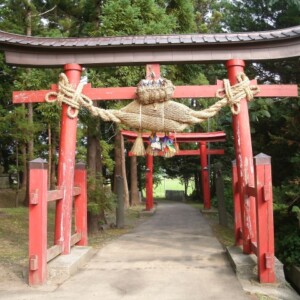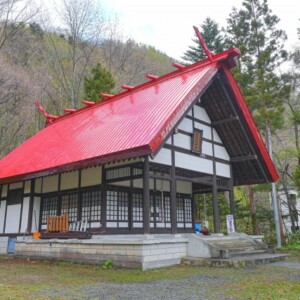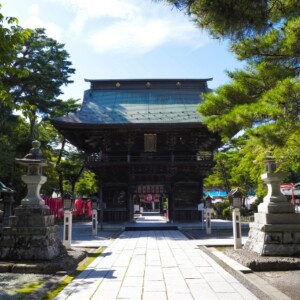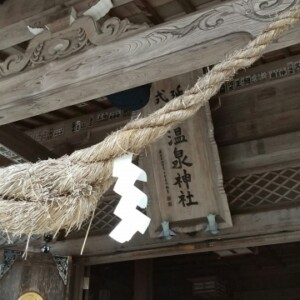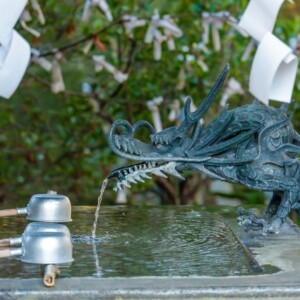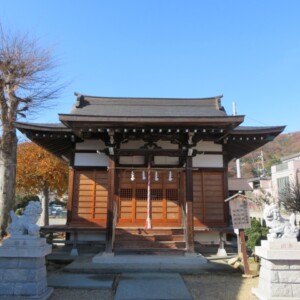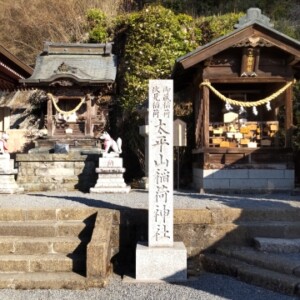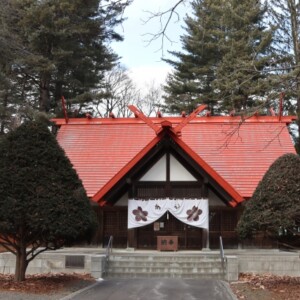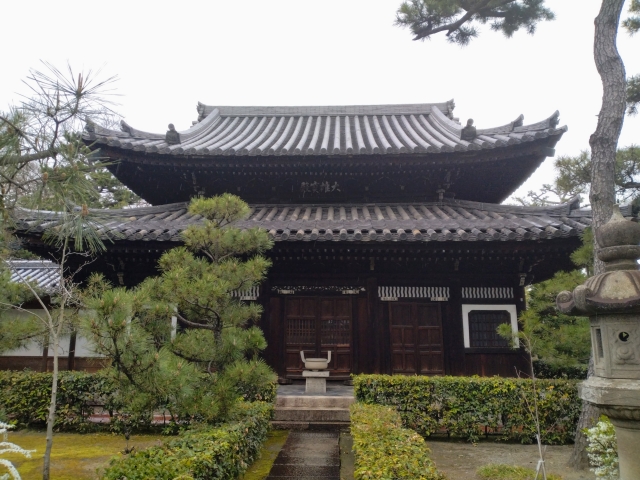
Nanshuji Temple Garden|A detailed explanation of the charm of the famous karesansui (dry landscape garden), said to have been created by Oribe Furuta, and information on how to see the garden.
The Nanshuji Garden is a karesansui (dry landscape) garden designated by the national government as a place of scenic beauty, located at Nanshuji Temple, a famous temple of the Daitokuji School of Rinzai Zen Buddhism in Sakai City, Osaka Prefecture. The garden is known as a famous garden of the early Edo period, said to have been created by Furuta Oribe, and visitors can enjoy the beautiful expression of karesansui (dry stream) and kare-taki (dry waterfall) created by stone arrangements in the precincts of the Zen temple where Sen no Rikyu and Takeno Shao’o practiced their art.
Outline and basic information about Nanshuji Garden
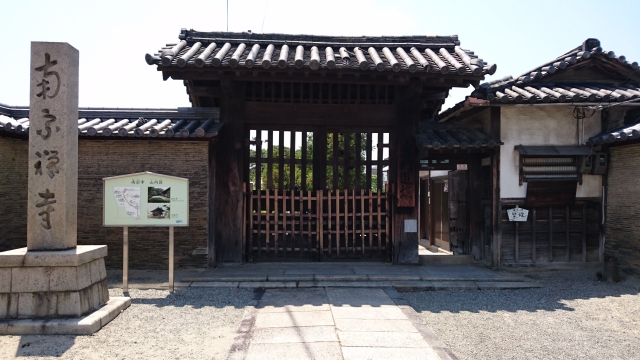
Nanshuji Temple is a temple of the Daitokuji school of the Rinzai sect, located in Sakai Ward, Sakai City, Osaka Prefecture. The garden within the precincts of this famous temple was created as a karesansui (dry landscape garden) facing the south of the Nanshuji main priest’s quarters, and is now designated as a national place of scenic beauty.
The most distinctive feature of the garden is the karesansui (dry landscape garden) technique using white sand and stone arrangements. The front of the garden is covered with a wide area of white sand, and a small elevated terrain is utilized to form a karesansui waterfall, from which a karesansui stream, expressed by pebbles, flows toward the right hand side. This clever composition beautifully embodies the Japanese garden aesthetic of expressing a natural flow without the use of water.
History and Origin
Nanshuji was founded in 1557 by Nagayoshi Miyoshi, the lord of Iimoriyama Castle in Kawachi Province, who had risen to become the most powerful man in the Kinai region at the time, to mourn the loss of his father, Motonaga Miyoshi, who died a violent death.
However, the temple was destroyed by fire along with the city during the Osaka Summer Campaign of 1615, when the Toyotomi faction led by Harufusa Ohno burned down Sakai. The present garden is thought to have been constructed during this reconstruction period.
The garden was constructed around 1619, and was partially remodeled during the construction of Toshogu Shrine in the Enpo era (1615-1644). Although some parts of the garden were damaged by the war, the basic structure has been maintained in its original form, and it is a valuable heritage that conveys to the present day the techniques used to create gardens from the Momoyama Period to the early Edo Period.
Background and Style of the Garden
The background of the garden at Nanshuji Temple is deeply rooted in its significance as a place for spiritual cultivation in a Zen temple. The temple is associated with the tea masters Takeno Shao’o and Sen no Rikyu, who trained at the temple, and as a temple that contributed to the development of Sakai’s merchant culture, the garden has also developed in close relationship with the tea ceremony culture.
According to temple tradition, this garden, which is said to have been created by Furuta Oribe, is positioned as a work that reflects the aesthetic sense of the Oribe school of tea ceremony. Furuta Oribe is known as a disciple of Sen no Rikyu, who inherited the spirit of Rikyu’s wabicha (tea ceremony), but developed a freer and more creative view of the tea ceremony. It is said that Oribe’s aesthetics are expressed in the stonework and spatial composition of this karesansui garden.
The style of the garden can be categorized as a beautiful garden composed of a combination of a plain karesansui style garden, in which the entire garden is flat, and masonry formations. The garden is designed to emphasize the viewpoint from the hojo, and has a strong character as a seated garden.
Highlights and Features of Nanshuji Garden
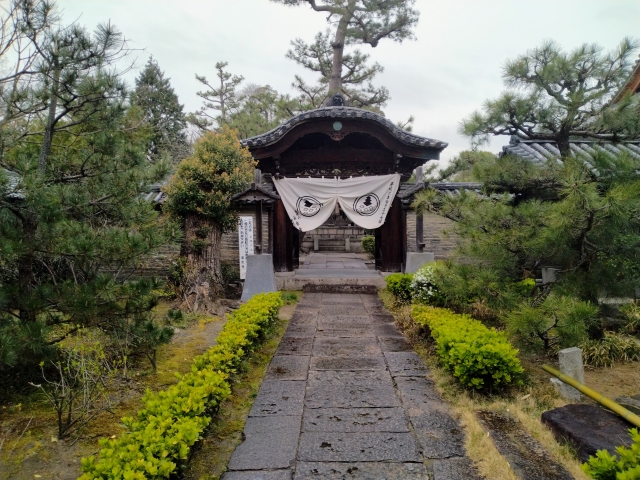
The Nanshuji Garden offers many highlights as a dry landscape garden that concentrates the rich expression of nature in a limited space. The beauty of the formative beauty created by the masonry and the spiritual depth it creates bring visitors to a time of tranquility and contemplation.
Charm of Karesansui masonry structure
At the heart of the garden is a powerful masonry structure composed of Izumi sandstone and green mud schist that forms a cascading waterfall. The stones used are local Izumi sandstone and green mud schist, and their arrangement, taking advantage of the characteristics of each stone, beautifully recreates the atmosphere of a natural rocky area.
Although the overall expression is rough-hewn, it has a magnificent and beautiful cohesiveness. The expression “rough-hewn” in no way implies roughness, but rather is a deliberate technique that expresses the power and wildness of nature. The presence of each individual masonry piece and the beauty of the whole as a harmonious whole reflect the dynamic aesthetic sense of the Momoyama period.
The horizontal stone arrangement in the center is an important element that serves as the focal point of the entire garden. This masonry represents huge rocks in a stream, and is effectively arranged to create a contrast between stillness and movement.
The expressive beauty of the dry waterfall and dry stream
The most striking features of the Nanshuji Garden are the kare-taki waterfall, which was created by taking advantage of the slightly elevated terrain, and the kare-ryu, or dry stream, which is expressed by pebbles. The kare-taki waterfall is the crystallization of a sophisticated Japanese garden technique that uses only masonry to express a falling waterfall without the use of actual water.
The kare-tsuryu (dry stream) is created by cleverly arranging stones of various sizes to create a sense of the speed of the water flow and even the acoustics of the waterfall. The stone bridge over the upper stream is in harmony with the kare-taki waterfall, which is not merely a decorative element but also plays an important role in enhancing the narrative of the garden.
The dry stream is designed to flow toward the right, and this directionality adds movement and depth to the garden. The composition of the garden, which shows different expressions depending on the angle of view, has the effect of stimulating the viewer’s imagination and leading him or her to a meditative experience.
Value as a National Designated Place of Scenic Beauty
The Nanshuji Garden was designated a national place of scenic beauty in 1983, officially recognizing its cultural value. The style of the garden and its detailing techniques are in the Momoyama period (1573-1600), and it is an excellent example of this type of karesansui.
Its value as a nationally-designated place of scenic beauty is evaluated not only from an aesthetic point of view, but also from historical and cultural backgrounds. The garden occupies an important place in the history of Japanese culture as a place closely related to the development of Sakai’s merchant culture and influential in the formation of the tea ceremony culture.
Another factor that enhances the value of the garden is the fact that the major land divisions have been well preserved despite the damage caused by the war. In modern times, the garden is highly regarded academically as a valuable cultural heritage that allows visitors to directly experience the garden techniques of the early Edo period.
Our apologies. We have corrected the notation in the heading. Please continue.
Visitor Guide
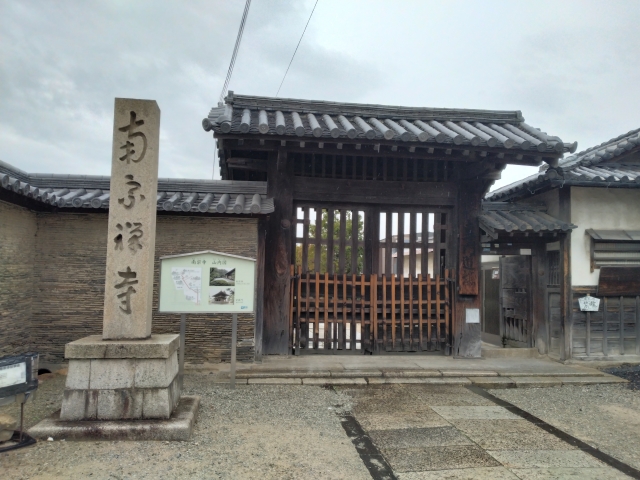
The Nanshuji Garden is a rare opportunity to enjoy the beauty of a Japanese garden in a tranquil setting as a karesansui (dry landscape) garden within the grounds of a Zen temple. With the cultural value of being designated a national place of scenic beauty and the historical background of being associated with Sen no Rikyu, the garden offers different expressions throughout the four seasons.
Points of interest and how to enjoy the garden
When viewing the garden at Nanshuji, it is important to understand that the garden is a seated garden, which means that visitors can sit and view the garden from the veranda of the hojo. The garden is designed to be viewed from the veranda of the hojo, and from this vantage point, one can best understand the arrangement of the masonry and the intent of the spatial composition.
When viewing a karesansui garden, it is important to use your imagination to complement the natural scenery expressed by the masonry. As you view the dry stream flowing from the karesansui waterfall, try to feel the actual sound and flow of the water in your mind. Another highlight is the changing expression of light and shadow according to the seasons. Especially in the morning and evening when the light is slanting, the three-dimensional effect of the masonry is more pronounced and the depth of the garden is felt more deeply.
Currently, there are some restrictions on photography in the garden, so it is recommended to check in advance. By remembering the beauty of the garden and spending some quiet time in the garden, you will experience the original spiritual effect of a Zen Buddhist garden.
Jisso-An” Tea House and Tea Ceremony Culture
The Jisso-An Tea House, reconstructed in the style favored by Sen no Rikyu, is located on the grounds of Nanshuji Temple. This tea house was reconstructed in 1960, and it conveys the atmosphere of the tea ceremony culture of the time when Rikyu practiced his tea ceremony.
Jisso-An, together with the Nanshuji Garden, is an important facility for deepening a comprehensive understanding of tea ceremony culture. The serene beauty of the karesansui garden and the wabi-sabi aesthetic of the tearoom are both rooted in the spirit of Zen and complement each other. Tea ceremony experiences and tea ceremonies are sometimes held in the tearooms, providing visitors with opportunities to experience traditional Japanese culture in conjunction with garden appreciation.
Visitors are advised to contact Nanshuji Temple directly for details on visiting and using the tea ceremony room, as advance inquiries may be required.
Important Cultural Properties of Nanshuji Temple
Important cultural properties that can be visited in conjunction with the Nanshuji Garden include the Butsuden (Buddhist Hall), Sanmon (Gate), and Karamon (Chinese Gate). These structures were built between 1653 and 1647, and are well representative of Zen Buddhism architecture of the early Edo period.
The butsuden (main hall) is valuable as the only butsuden architecture in Osaka Prefecture. Inside, the main statue of Shakyamuni Buddha is enshrined, and the ceiling is decorated with “a dragon glaring in all directions” by Kano Nobumasa. The gate is in the form of a two-story tower gate, using a technique unique to Zen Buddhism in which the rafters are arranged in a fan shape.
These structures, together with the garden, form the historical landscape of Nanshuji, and a visit to the temple in conjunction with an appreciation of the garden will help visitors understand the overall cultural value of Zen Buddhism temples.
Access/Use Information
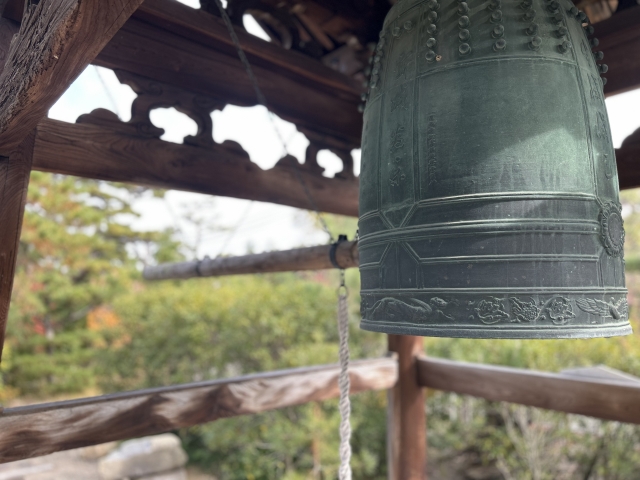
Public transportation is the best way to access Nanshuji Garden. Located in the center of Sakai City, it is easily accessible from Osaka City.
Transportation Access
The most convenient access is by using Goryomae Station on the Hankai Dengeki Hankai Line. From Goryomae Station to Nanshuji is a short 5-minute walk, and the path is easy to follow. The Hankai Dengeki is a tram line that provides direct access from Tennoji Station and Emisucho Station in Osaka City, and is also a convenient means of transportation for sightseeing.
When using the Nankai Main Line, it is approximately a 15-minute walk from Minato Station. Minato Station is a stop on the Nankai Main Line with stops at every station, and is accessible in about 20 minutes from Namba Station. Although the walk is slightly longer, it is possible to enjoy the old streets of Sakai while walking.
Access by car is also possible, but public transportation is recommended because some of the surrounding roads are narrow.
<Address> 3-1-2 Minami Ryokago-cho Higashi, Sakai-ku, Sakai-shi, Osaka 590-0965
Hours of Operation, Fees, and Parking
Nanshuji Temple is open from 9:00 am to 4:00 pm. The temple hours are subject to change during the year-end and New Year’s holidays, so it is recommended to check the temple hours in advance.
The general temple entrance fee includes a tour of the garden and precincts, but please contact Nanshuji directly in advance for more detailed information. For group visits and special visits, there may be a separate fee.
Regarding parking, a limited number of parking spaces are available on the temple grounds. However, we recommend using public transportation whenever possible, especially on holidays and during the tourist season when crowding is expected. Coin-operated parking is available in the vicinity, but the number is limited, so it is important to plan well in advance.
For the latest information and details about visiting the temple, please contact Nanshuji Temple directly or visit the Sakai City Tourist Information Center for more information.
Reference sites
Nanshuji Garden, Sakai City official website: https://www.city.sakai.lg.jp/kanko/rekishi/bunkazai/bunkazai/shokai/bunya/meisyo/nanshujiteien.html
Sakai Tourist Guide Nanshuji: https://www.sakai-tcb.or.jp/spot/detail/121
Cultural Heritage Online Nanshuji Garden: https://bunka.nii.ac.jp/heritages/detail/163231



